Struggling to stay focused in a hectic workday? This blog shares 10 easy meditation techniques designed for busy professionals to reduce stress and sharpen mental clarity—without disrupting your schedule. Perfect for quick daily resets.
Meditation is a powerful tool that busy professionals can use to enhance productivity and mental health. Among the many approaches, simple meditation helps professionals stay present, manage emotions, and maintain clarity throughout the day. With easy-to-implement practices, anyone can weave meditation into their daily routine and experience lasting benefits.
Whether it’s a one-minute breathing exercise or a quick visualization, these techniques can be done almost anywhere. This blog post will explore ten effective methods tailored for busy lifestyles, offering practical solutions that anyone can fit into their day. Among them, the most powerful meditation technique not only promotes relaxation but also cultivates resilience and compassion, essential qualities for thriving in any career.
Key Takeaways
- Meditation, particularly, can significantly enhance both productivity and mental health.
- Simple meditation practices can be easily integrated into a busy professional’s daily routine.
- Mindfulness techniques help build resilience and foster a positive mindset.
Understanding Meditation and Its Benefits
Meditation is a practice that offers numerous benefits, particularly for busy professionals. By incorporating the most powerful meditation technique into their routines, individuals can achieve greater clarity, focus, and energy. Additionally, meditation can enhance emotional well-being and help professionals manage stress effectively through simple meditation at home.
The Basics of Meditation
Meditation is a mental exercise designed to promote relaxation and awareness. It often involves focusing the mind, whether on the breath, sensations, or a particular thought. This practice can take many forms, such as simple meditation, loving-kindness meditation, or guided imagery.
For busy professionals, meditation does not require long time commitments. Even a few minutes each day can yield significant benefits. As individuals learn to quiet their minds, they often experience increased clarity and improved concentration. This can enhance their ability to tackle daily tasks with greater efficiency, making it an ideal mindfulness technique.
Advantages for Professionals
Meditation provides several key advantages that can be especially beneficial for professionals. One major benefit is stress reduction through simple meditation at home.Regular practice helps individuals manage tension and anxiety, leading to a calmer mindset. These are core elements of simple meditation techniques for stress relief.
In addition to stress relief, meditation boosts focus and productivity. Many practitioners find that their energy levels rise after practicing the most powerful meditation technique, making it easier to engage in demanding tasks. This increase in clarity supports better decision-making and enhances problem-solving skills.
Moreover, meditation encourages a positive mindset. This aligns with concepts in positive psychology, which emphasize the importance of mental well-being. By fostering simple meditation techniques, professionals can navigate challenges with greater resilience and confidence.
Incorporating Mindfulness into Your Daily Routine
Whether it’s a one-minute breathing exercise or a quick visualization, these techniques can be done almost anywhere. This blog post will explore ten effective methods tailored for busy lifestyles, offering practical solutions that anyone can fit into their day. Among them, the most powerful meditation technique not only promotes relaxation but also cultivates resilience and compassion, essential qualities for thriving in any career.
Mindful Breathing Techniques
Mindful breathing is a simple meditation practice that is both simple and powerful. It involves focusing on the breath to anchor oneself in the present moment. Start by finding a quiet place to sit or stand. Close the eyes if comfortable, and take a deep breath in through the nose. This is an effective way to practice simple meditation at home.
Count to four as you inhale deeply, feeling the chest expand. This involves holding the breath for a moment, then exhaling slowly for six counts. This slower exhalation activates the relaxation response. These mindful breathing exercises are effective stress relief techniques.
Individuals can practice this technique for just a few minutes each day. It grounds the mind, reduces stress, and promotes a sense of calm. By making mindful breathing a regular practice, professionals can connect with their body and emotions better—an essential part of mindfulness for professionals.
Mindful Eating Habits
Mindful eating encourages a thoughtful approach to meals. Busy professionals often eat on the go, leading to mindless consumption. To practice this, one can set aside time to eat without distractions, such as phones or television, as part of simple meditation.
Begin by observing the food’s colors, textures, and smells before eating. Take small bites and chew slowly, appreciating each flavor. This awareness fosters an appreciation for food and promotes healthier choices through simple meditation at home.
It also allows individuals to listen to their body’s hunger and fullness cues. The most powerful meditation technique can be applied here by focusing on the experience of eating, helping professionals improve digestion and increase satisfaction with meals. This practice is one of the easiest mindfulness techniques to implement.
The Art of Mindful Walking
Mindful walking turns a simple daily activity into a simple meditation. This practice involves paying attention to each step and the sensations in the body. It can be done anywhere, whether during a lunch break or on the way to a meeting.
To start, one can walk slowly and focus solely on the movement. Notice how the feet contact the ground and the rhythm of breathing. Engaging the senses can enhance this experience. Listen to surrounding sounds, observe sights, and feel the air against the skin through simple meditation at home.
This method encourages presence and helps clear the mind. Practicing mindful walking allows professionals to recharge their mental energy and reduce stress using practical stress relief meditation techniques.
Discovering Mindful Listening
Mindful listening is an essential skill for effective communication. It involves fully focusing on the speaker without judgment or distraction. To practice, set aside time to engage in conversations where both parties can give their full attention, as part of simple meditation.
One can begin by making eye contact and eliminating interruptions. Practicing the most powerful meditation technique involves paying attention to the speaker’s words, tone, and body language. Refrain from planning a response while listening. Instead, observe and absorb the message.
This technique fosters deeper connections and understanding in both personal and professional relationships. It encourages empathy and promotes a non-judgmental attitude. Mindful listening is a powerful part of mindfulness for professionals, especially in team settings, and can be practiced through simple meditation at home.
Short Meditation Practices for Busy Schedules
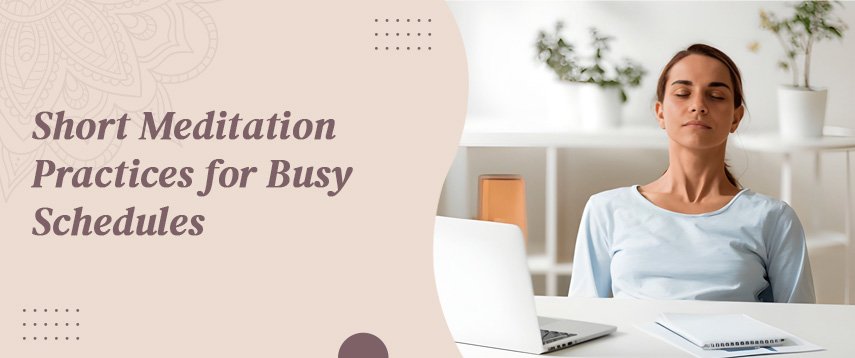
Busy people often struggle to find time for self-care. Short meditation practices can help create moments of peace and focus in a hectic day. Simple techniques, such as deep breathing and body scans, offer effective ways to enhance mindfulness and can easily fit into any schedule. These are ideal examples of simple meditation techniques.
Deep Breathing Exercises for Focus
Deep breathing exercises are essential for busy professionals looking to improve focus. They require little time and can be done anywhere.
To practice this technique, find a quiet spot. Close your eyes and take a deep breath through your nose for a count of four. Hold that breath for another four seconds, then exhale slowly through your mouth for six counts. This is a form of simple meditation.
Repeat this for five cycles. These mindful breathing exercises create a breathing space, allowing the mind to reset. Practicing the most powerful meditation technique increases oxygen intake, helping in relaxation. This practice enhances decision-making and can break the cycle of stress during a busy workday. It’s among the most effective stress relief meditation techniques available.
Five-Minute Body Scan for Awareness
A five-minute body scan is a great way to practice mindfulness. It involves focusing on different parts of the body to cultivate awareness and relaxation.
To begin, sit or lie down comfortably in a place where distractions are minimal. Start by taking a deep breath, then shift your attention to your feet. Notice any tension and consciously relax those muscles. Gradually move up to your legs, torso, and arms, paying attention to how each area feels through simple meditation at home.
This exercise connects the mind and body, promoting relaxation. Regular practice of the most powerful meditation technique can enhance mindfulness and help busy individuals remain centered throughout their day. This is a practical mindfulness technique for professionals.
Building Resilience and Compassion through Meditation
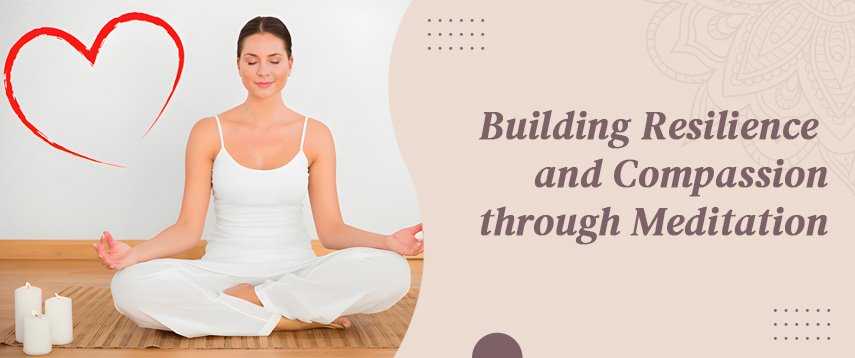
Meditation can significantly enhance resilience and compassion in daily life. Practicing mindfulness helps individuals develop a deeper awareness of their thoughts and emotions. This awareness allows them to approach challenges with a balanced mindset and foster a compassionate attitude toward themselves and others. Meditation for busy professionals becomes a gateway to emotional strength and awareness.
Cultivating a Non-Judgmental Stance
A non-judgmental approach is central to meditation. Simple meditation encourages individuals to observe their thoughts without labeling them as good or bad. Through techniques like breath awareness, they learn to accept their feelings as they are, which can be practiced as simple meditation at home.
This acceptance can lead to increased self-awareness. Practicing the most powerful meditation technique helps individuals become more attuned to their emotional responses, reducing self-criticism. They learn to view challenges as part of the human experience, which fosters greater empathy. Regular practice cultivates a mindset that embraces flaws, both personal and in others.
Here are some strategies to nurture this stance:
- Body Scan Meditation: Simple meditation helps to connect with physical sensations without judgment.
- Guided Meditations: Focus on self-acceptance and compassion.
- Mindfulness Journaling: Reflect on daily experiences without criticism.
Boosting Emotional Resilience
Emotional resilience is vital for navigating stress and adversity. Meditation enhances this through regular practice that builds coping mechanisms. Techniques like focused breathing and loving-kindness meditation, as part of simple meditation at home, strengthen the emotional framework.
By engaging in these practices, individuals can face setbacks with a clearer perspective. Practicing the most powerful meditation technique helps them recognize that difficulties are temporary and manageable.
Key benefits of mindfulness for resilience include:
- Reduced Stress: Regular meditation lowers stress hormones.
- Improved Focus: Enhanced concentration aids in solving problems effectively.
- Stronger Relationships: Compassion cultivated through meditation fosters deeper connections.
Incorporating these techniques into daily routines can empower individuals to handle life’s ups and downs with grace and strength through simple meditation.
Integrative Techniques for Enhanced Mind-Body Connection

These techniques help busy professionals enhance their mind-body connection. Practicing the most powerful meditation technique focuses on mindfulness and self-care through practical methods that can fit into a hectic schedule. Meditation for busy professionals can be elevated through yoga and breathwork and integrated into simple meditation at home.
Yoga: Uniting Mindfulness and Movement
Yoga blends physical poses with mindfulness, making it an effective way for busy professionals to reconnect with their bodies. Even short sessions can bring awareness to the body’s sensations, promoting relaxation and focus. You can explore more yoga and breathwork techniques to deepen your understanding and integrate simple meditation at home into your daily routine.
Practicing yoga encourages graceful movement and deep breathing. Simple meditation calms the mind and activates the parasympathetic nervous system, which helps reduce stress. A few simple poses, like Child’s Pose or Downward-Facing Dog, can be done at home or in the office to refresh the mind and improve flexibility.
Additionally, practitioners note that yoga promotes self-care. Practicing the most powerful meditation technique by focusing on the breath and movement encourages one to stay present, reducing distractions and enhancing overall well-being. Yoga is a holistic mindfulness technique suitable for any lifestyle.
Breathing Exercises to Activate the Parasympathetic System
Breathing exercises are a quick way to soothe the mind and body. Simple meditation focusing on the sensation of air entering and leaving the body can significantly reduce stress. Simple techniques, such as diaphragmatic breathing, can be easily integrated into a busy day.
One effective method is to inhale deeply through the nose for a count of four, allowing the abdomen to expand. Practicing the most powerful meditation technique involves exhaling slowly through the mouth for a count of six. This practice both calms the mind and triggers the parasympathetic nervous system.
Holding moments of stillness while breathing deeply offers a chance for self-care in daily routines. It reminds busy professionals to take a moment for themselves, fostering a sense of balance and tranquility. It is one of the most practical stress relief meditation techniques available today.
Frequently Asked Questions
Many professionals have questions about how to fit meditation into their busy lives. This section addresses common inquiries regarding quick practices, effective techniques, and maintaining consistency through simple meditation at home.
-
What are some simple meditation practices I can do quickly at my desk?
Try mindful breathing exercises or a quick body scan—both are perfect for short desk breaks.
-
What are some quick practices using the most powerful meditation technique that I can do at my desk?
Try mindful breathing exercises or a quick body scan—both are simple meditation techniques perfect for short desk breaks.
-
Are there scientifically backed simple meditation methods suitable for workplace breaks?
Yes, mindfulness meditation and loving-kindness meditation are proven stress relief meditation techniques effective during work breaks.
-
Can the most powerful meditation technique be integrated into a busy professional’s schedule?
Absolutely. Meditation for busy professionals can be done in 5–10 minute sessions during lunch or between meetings.
-
What are the most effective simple meditation techniques for stress reduction in the workplace?
Set a fixed time, like morning or lunch, to build a habit. This supports mindfulness for professionals with packed schedules.
-
How can one maintain a consistent routine with the most powerful meditation technique amidst a hectic professional life?
Amidst a hectic professional life, maintaining a consistent meditation routine—especially with a powerful technique like Mindfulness Meditation or Deep Conscious Breathing—comes down to strategy, not just motivation.
-
Can simple meditation at home help improve focus and productivity at work?
Yes, mindfulness meditation enhances focus by training the mind to return to the present moment, which boosts clarity and work efficiency.
-
What are some simple steps to begin meditating for individuals with limited time?
Start with simple meditation techniques like focused breathing in a quiet spot. Gradually extend as your routine settles.
-
How is simple meditation at home different from regular mindfulness practices?
While all mindfulness is meditation, mindfulness techniques focus specifically on present-moment awareness—ideal for professionals needing mental clarity.
-
Are there any tools or apps to support simple meditation at home for busy professionals?
Yes, apps like Headspace and Calm provide guided sessions tailored to meditation for busy professionals, helping maintain consistency and ease of practice.
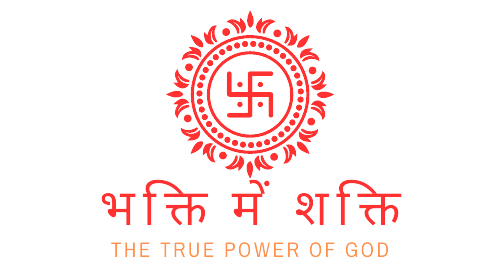
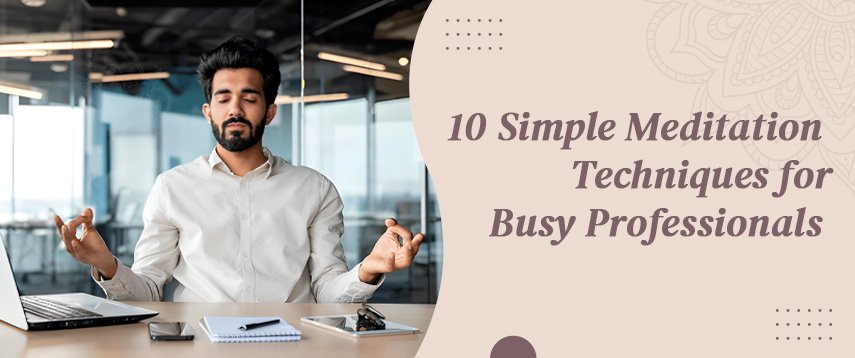
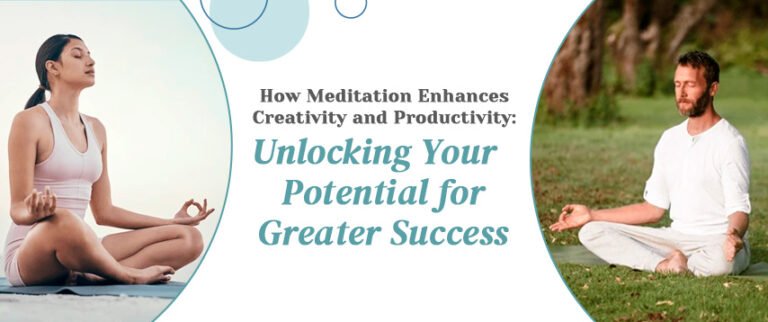
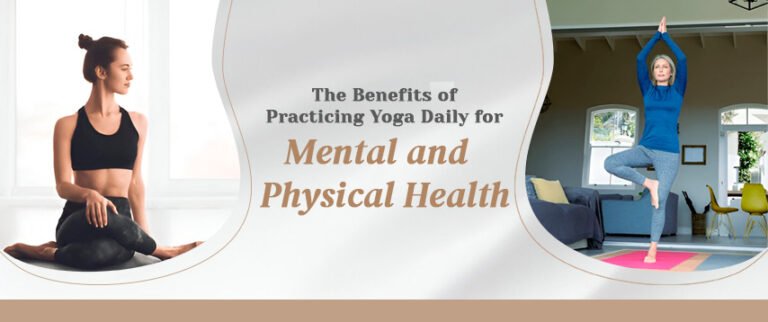
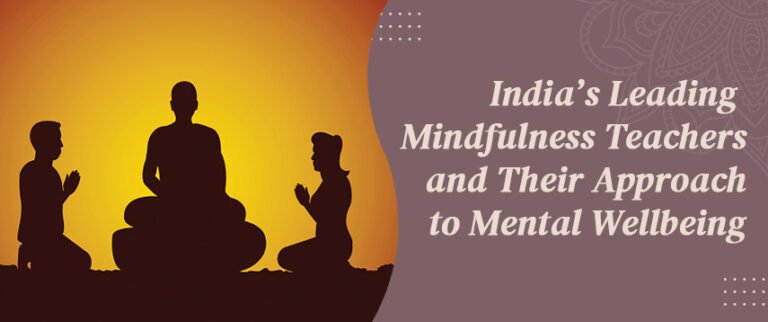
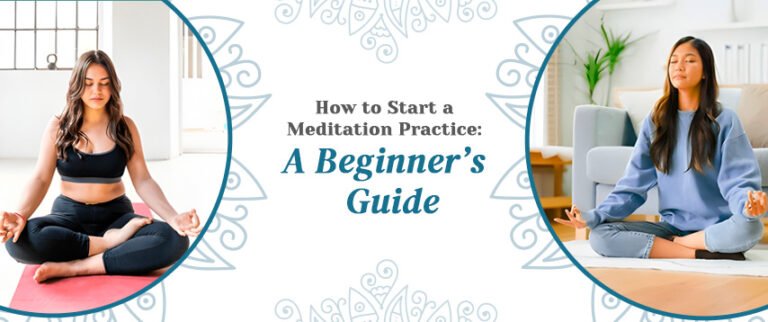
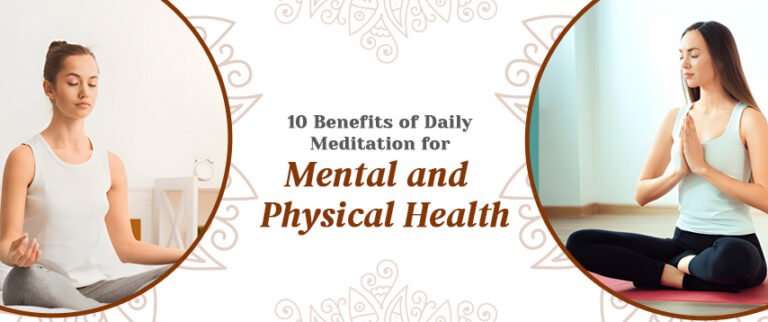
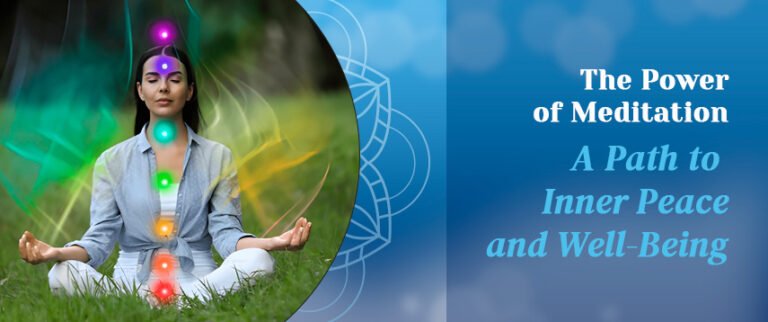
3 Comments
Pingback: How Meditation Enhances Creativity And Productivity: Unlocking Your Potential For Greater Success - BhaktiMeShakti
Pingback: ध्यान सर्जनशीलता आणि उत्पादकता कशी वाढवते: अधिक यशासाठी तुमची क्षमता उघडा - BhaktiMeShakti in Marathi
Pingback: अपने मन को सशक्त बनाएं: उत्पादकता के लिए ध्यान